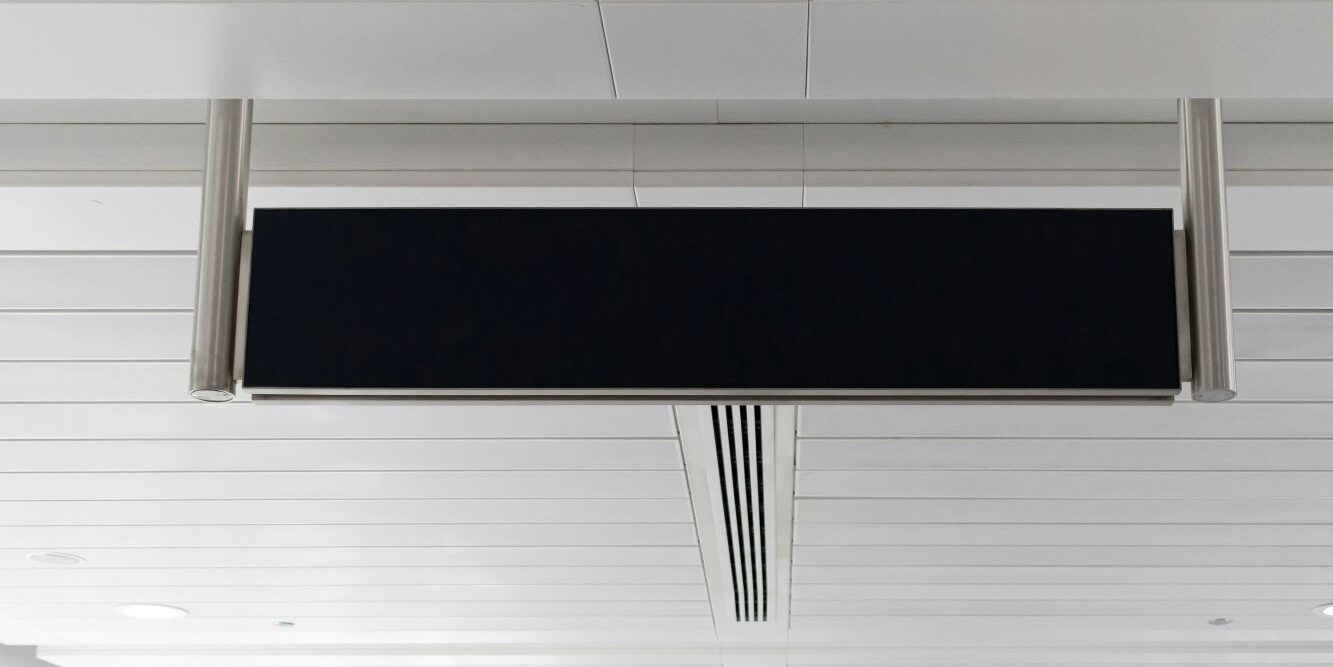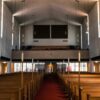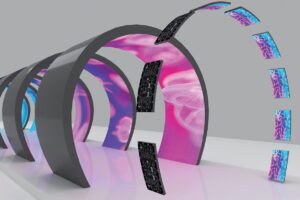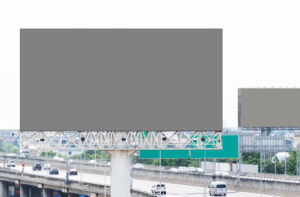Why Aluminum Cabinets Excel in Multi-Cabinet Display Screens
Choosing the Right Cabinet for LED Displays
When building multi-cabinet display screens, choosing the right cabinet material is critical. Both aluminum and steel are common options. However, aluminum cabinets offer clear advantages in weight, heat dissipation, and durability. For high-performance LED displays, material selection greatly affects stability and service life.
Weight Advantage: Lighter Is Better
First, aluminum cabinets are significantly lighter than steel. This difference matters when building large, multi-cabinet display screens. Reduced weight makes transportation easier. Installation also becomes faster and safer. Especially for rental or stage screens, lighter units lower labor and handling costs.
Additionally, lighter cabinets reduce structural stress. On walls or ceilings, less load improves safety. In contrast, steel cabinets add unnecessary weight without added performance.
Superior Heat Dissipation
Secondly, aluminum has natural thermal conductivity. It dissipates heat faster than steel. Efficient cooling keeps internal components stable. As a result, LED modules operate longer without brightness decay.
Furthermore, better heat management prevents overheating. This improves color consistency and reduces failure rates. In high-temperature environments, aluminum cabinets maintain display performance.
Strong Pressure Resistance and Stability
Although lighter, aluminum profiles still provide high strength. Well-designed aluminum cabinets resist pressure and deformation. Reinforced frame designs ensure long-term stability even during transport or vibration.
Moreover, aluminum cabinets are corrosion-resistant. They maintain structure and finish better than steel, especially outdoors. Steel, when exposed to moisture, may rust and weaken over time. This affects the reliability of long-term installations.
Ease of Customization and Assembly
Another advantage is fabrication flexibility. Aluminum profiles can be precisely cut and customized. This supports seamless assembly in multi-cabinet display screens. Tight splicing ensures better visual results.
In addition, magnetic locking and tool-free structures are easier to implement in aluminum. These features improve maintenance speed and reduce system downtime.
Steel: Durable but Heavy
While steel cabinets offer good durability, their weight is a major drawback. They are harder to handle and increase the total display weight. Heat buildup is also a concern with steel due to poor thermal conductivity.
Furthermore, steel requires more surface treatments to prevent corrosion. These coatings may wear off, exposing the structure to damage. For applications needing high mobility or long lifespan, steel becomes less ideal.

Conclusion: Aluminum Wins for Multi-Cabinet Display Screens
In conclusion, aluminum profile cabinets offer a clear edge. They are lighter, better at cooling, and more resistant to pressure and corrosion. These traits make them ideal for multi-cabinet display screens used in demanding environments.
By choosing aluminum, clients benefit from easier installation, stable performance, and reduced maintenance. At MADDER, we focus on premium aluminum cabinet solutions. Our products combine design efficiency with reliable strength, ensuring your LED display performs perfectly under all conditions.









Leave a reply